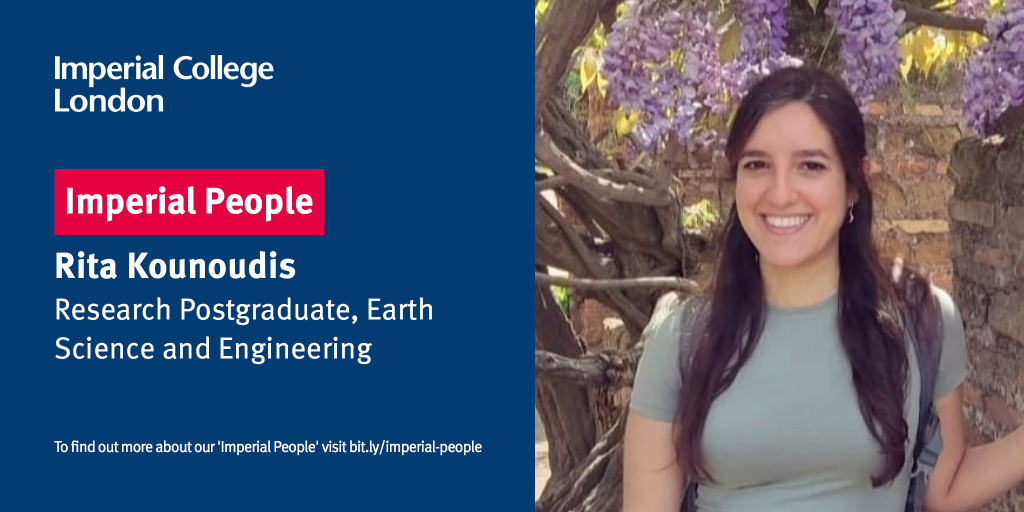“I use the vibrations of earthquakes to visualise what lies hundreds of kilometres below the Earth’s surface”
I work towards unravelling the mysteries of why the interior of our planet looks the way it does today. As a seismologist in the Department of Earth Science and Engineering, I use the vibrations of earthquakes detected all around the world to visualise what lies hundreds of kilometres below the Earth’s surface. Currently, I am trying to image the deep Earth beneath the remotest parts of East Africa – one of the few places on Earth where the continent is splitting in two and may eventually form a new ocean!
Cyprus, where I grew up is tectonically active, experiencing many earthquakes every year and hosting some of the most geologically unique mountain ranges in Europe. Inspired by such fascinating geology, I decided to embark on an MSci course in Geophysics at Imperial . However, it was not enough studying to quench my curiosity, and so I threw myself into a seismology PhD focused on East Africa. During my PhD I even got to visit Ethiopia in person! This was certainly a highlight of my work and life so far.
Aside from research, one of my favourite things is participating in scientific outreach projects and teaching undergraduate courses. This year, I was honoured to be given the Outstanding Graduate Teaching Assistant Award by Imperial College Union. Knowing that the students really benefit and enjoy working with me means the world. One day, I hope to become a university lecturer and lead my own research group.
Outside of my work, I have two passions: running and eating copious amounts of London’s street food. Last year, I completed my very first half-marathon in support of Parkinson’s UK, and next year I will take part in the Brighton marathon. As the running builds up quite the appetite, you’ll frequently find me wandering the alleys of Borough Market in search of a snack!
